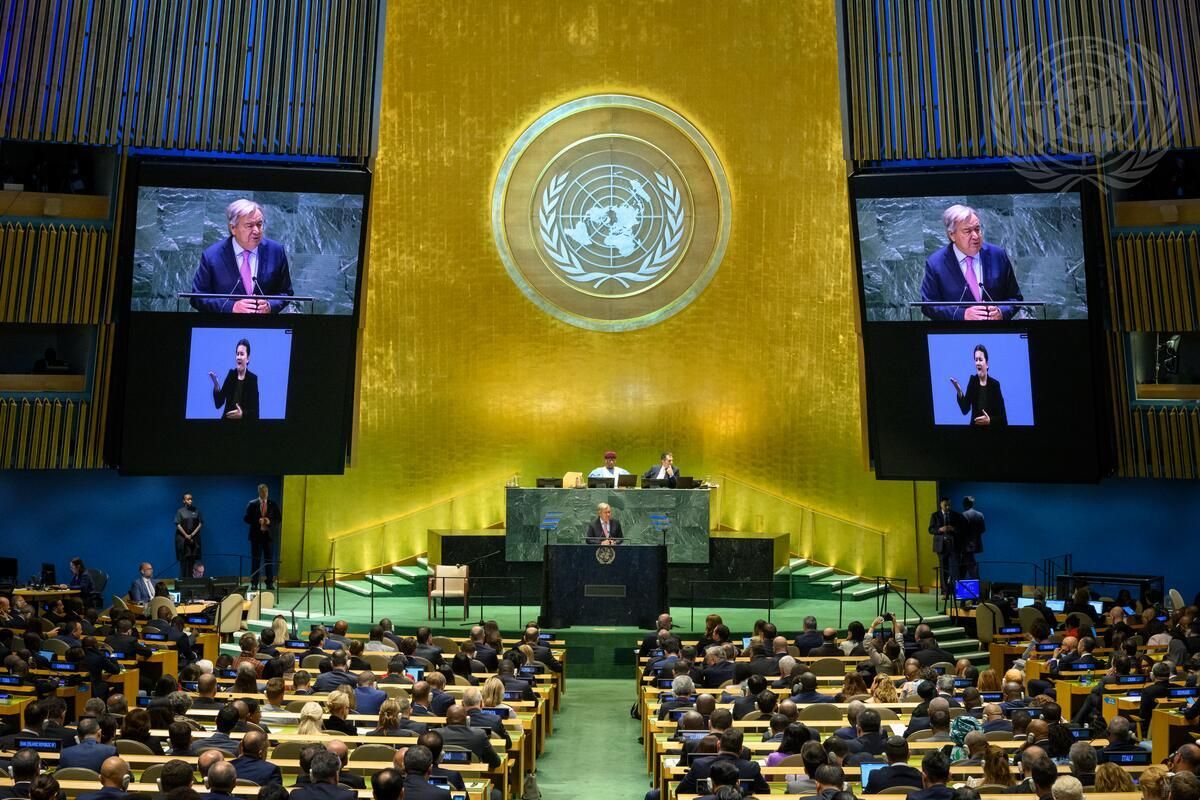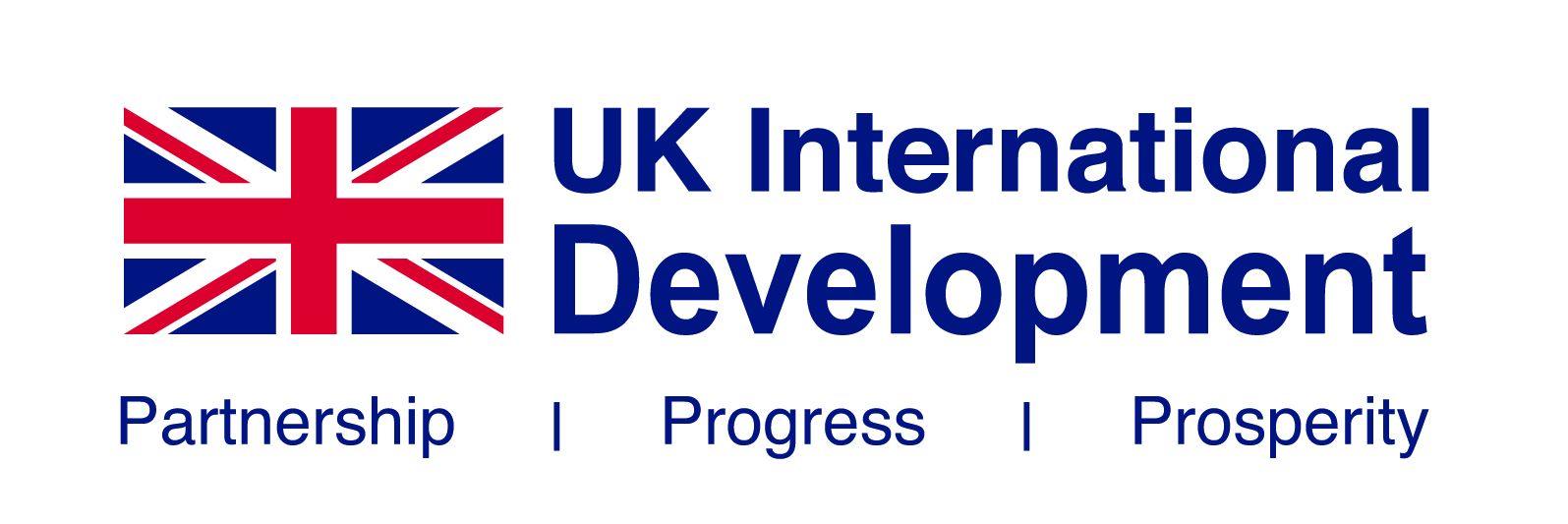
Array
(
[thumbnail] => https://s42831.pcdn.co/wp-content/uploads/2024/10/UN71064090-150x150.jpg.optimal.jpg
[thumbnail-width] => 150
[thumbnail-height] => 150
[medium] => https://s42831.pcdn.co/wp-content/uploads/2024/10/UN71064090-300x200.jpg.optimal.jpg
[medium-width] => 300
[medium-height] => 200
[medium_large] => https://s42831.pcdn.co/wp-content/uploads/2024/10/UN71064090-768x512.jpg.optimal.jpg
[medium_large-width] => 768
[medium_large-height] => 512
[large] => https://s42831.pcdn.co/wp-content/uploads/2024/10/UN71064090-1024x683.jpg.optimal.jpg
[large-width] => 1024
[large-height] => 683
[1536x1536] => https://s42831.pcdn.co/wp-content/uploads/2024/10/UN71064090.jpg.optimal.jpg
[1536x1536-width] => 1200
[1536x1536-height] => 800
[2048x2048] => https://s42831.pcdn.co/wp-content/uploads/2024/10/UN71064090.jpg.optimal.jpg
[2048x2048-width] => 1200
[2048x2048-height] => 800
[gform-image-choice-sm] => https://s42831.pcdn.co/wp-content/uploads/2024/10/UN71064090.jpg.optimal.jpg
[gform-image-choice-sm-width] => 300
[gform-image-choice-sm-height] => 200
[gform-image-choice-md] => https://s42831.pcdn.co/wp-content/uploads/2024/10/UN71064090.jpg.optimal.jpg
[gform-image-choice-md-width] => 400
[gform-image-choice-md-height] => 267
[gform-image-choice-lg] => https://s42831.pcdn.co/wp-content/uploads/2024/10/UN71064090.jpg.optimal.jpg
[gform-image-choice-lg-width] => 600
[gform-image-choice-lg-height] => 400
)
Pact for the Future: How to Turn Pledges on Addressing Root Causes of Violence Into Action
In September, member states adopted the Pact for the Future by consensus showing that—despite growing polarization—there is a universal agreement on the urgent need to address the root causes of violence, whatever the type (e.g., violent extremism, terrorism, conflict, or transnational organized crime) and through different means (national prevention strategies, peacekeeping, the Peacebuilding Commission [PBC], and the Sustainable Development Goals). If implemented and taken seriously, this political commitment has the potential to be transformational for all of our societies: it reflects the importance of investing in sustainable change rather than focusing only on quick fixes.
We now need to translate this commitment into practice. How can member states take the next step and turn their pledges into action?
There is No Sustainable Peace…Without Addressing the Drivers of Violence
Policymakers still struggle to agree on what constitutes peacebuilding and prevention. Between ideologies and assumptions, infinite debate takes place on whether community dialogues, securitized approaches, implementing the 2030 Agenda, or human rights treaties are by themselves the golden key to ensuring lasting peace. But while each is essential in their own right and for their own purpose, they will only contribute to preventing or addressing violence if they deal with its underlying drivers and strengthen sources of resilience. In other words, peacebuilding and prevention actors need to draw from all of these frameworks, but none of them is the solution by itself.
The drivers of violence are multidimensional (e.g., political, economic, psychosocial), with dynamics originating at the individual (e.g., low self-control), relational (e.g., troubled childhood), societal (e.g., uneven economic growth), and/or international (e.g., changes in global food prices due to harvest shocks in other parts of the world) levels.
The commitment to address root causes of violence is not only an opportunity to review peacebuilding peace and prevention efforts and make sure they are actually fulfilling this function, but also to clarify who should be involved in those efforts.
National and local governments, community leaders, the private sector, and even individuals can be responsible both for creating and addressing those drivers, and thus should be involved in preventing violence and building peace. Multinational organizations’ involvement can be relevant in certain cases, but not in others. Given that the drivers and enablers of violence in societies are cumulative and interrelated, a broad array of actors need to be involved to prevent violence, and they should work collaboratively. For instance, the combination of personal vendettas with political grievances, heightens the risk of violence more than would any of those factors alone.
Unpacking What We Know and What We Don’t
Academics have spent the past decades studying the drivers of violence, but this research is seldom consolidated across disciplines (e.g., political science, neuroscience, economics, etc.) and used for policy work. Misunderstanding those drivers has a massive policy impact: we target the wrong causes, and design programs that do not work, which in turn undermines trust in peacebuilding and prevention.
There is no shared definition of what root causes are, nor any agreed list. Policy discussions are too often based on assumptions and single-cause narratives that fail to capture the complexity of the phenomenon.
Some of those risk factors are injustices, real or perceived. For instance, different authors have found that being a product of oppressive social environments and domestic violence against children increases the risk of someone becoming a lone-actor terrorist, and sudden increases in food prices augments the risk of civil wars. But not all social injustices are linked to violence. A systematic literature review has found, for instance, that education and socioeconomic status do not have a significant impact on radical violent behaviors. Another author finds that the literature is inconclusive on whether economic growth by itself—given its uneven nature across society— reduces the risk of intrastate conflict. Some research debunks popular beliefs that ideology is associated with lone-actor terrorism or democracy with peace. And some risk factors very rarely make it into the policy debate, such as the impact of lead exposure, which according to some research was associated with the US high crime rate in the 1980s–1990s.
Adopting an evidence-based approach is key to addressing factors that are actually associated with violence. Those drivers, as demonstrated above, are complex, nuanced, and, at times, surprising.
Using an Evidence-Based Approach to Improve Practice
To translate member states’ commitments to address the root causes of violence into practice, we need to bridge the gap between research and policy. To contribute to this effort, CIC has launched a new research project—funded by the UK government—to realize a systematic review of the literature on the conditions associated with violence (risk factors) and sustained peace (protective factors). This information will be consolidated and synthesized in a tool for policymakers, researchers, practitioners—by highlighting risk and protective factors supported by evidence. This tool will be iterative, and updated to include new research.

Leveraging the Implementation of the Pact: Going Forward
As we implement the Pact for the Future, supporting national and local actors in realizing their own data collection and analysis to understand the drivers of violence in their own contexts is paramount, particularly in unpacking the web of risk and protective factors that are unique to each context. Agenda 2030, the PBC, and the broader United Nations and other multilateral systems can play a key role in supporting the development of local and national capacities in that regard.
Now is the time to invest in developing a more evidence-based approach to prevention and peacebuilding. Better understanding the drivers of violence will considerably improve practice by:
- Improving diagnostics, and thus program designs. Peacebuilding and prevention programs that do not address the drivers of violence at best are inefficient, and at worse harmful.
- Building synergies. Through a more informed understanding of the drivers of violence, prevention and peacebuilding actors will be able to better leverage other agendas and their national manifestations (e.g., national action plans)—development, security, human rights, gender—and the conditions under which they can contribute to sustaining peace.
- Measuring impact. Understanding drivers for violence allows policymakers to move beyond the seemingly impossible task of proving a counterfactual to demonstrate the impact of prevention. Instead, they can show that the program or the strategy has decreased risk factors for violence and/or increased protective factors.
- Increasing investment in prevention and peacebuilding for better results. The decision to invest time, effort, and financial resources is very much linked to the belief that there will be a return on investment. Adopting a more evidence-based approach will improve the effectiveness of prevention and peacebuilding efforts and thereby foster trust in those agendas.
Stay Connected
Subscribe to our newsletter and receive regular updates on our latest events, analysis, and resources.
"*" indicates required fields
